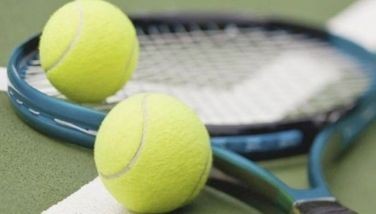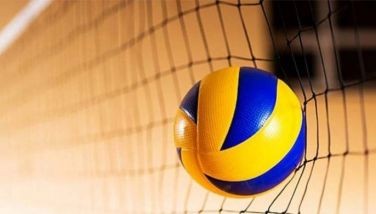React or respond
The big news in sports this week is the report that veteran Gilas forward Marc Pingris has added his name to those of June Mar Fajardo and LA Tenorio as being unavailable for the next FIBA Asia tournament. Naturally, this saddened many basketball fans who were expecting him back at training last Thursday. Instead, he showed up Saturday to inform coach Tab Baldwin that he would not play.
If you look at the birth of the Philippine Basketball Association, this seems to be history repeating itself, though the circumstances were somewhat different. Why was the PBA formed? The old Basketball Association of the Philippines was borrowing players from the best teams in the MICAA and sending them abroad for tune-ups and other international tournaments. It got so bad that, according to former Galerie Dominique owner Nikki Coseteng, whose father Emerson also owned a MICAA team, revealed that their players would be returned injured or too tired to play. This naturally angered MICAA owners, since the players then were also employees of the mother companies. One former MICAA and PBA legend told this writer that, in 1974, he never even washed his MICAA team jersey because he was on the Philippine team the entire year.
This spurred the majority of owners to meet in secret more than once, and decide to turn professional. This was a decade and a half before FIBA declared basketball open, so professionals were not allowed to compete in international competition. This rebellion led to the creation of the PBA. This, in turn, led to a vacuum in the national team that was only successfully remedied in the 1980’s with the Northern Consolidated team while the players played and lived together full-time.
Since then, there has never been a permanent solution to the problem. In the early 2000’s, Cebuana Lhuillier tried valiantly to replicate the successful system. However, during one meaningless week-long tune-up tournament alone, the team’s starting center Ricky Calimag was picked up by Sta. Lucia Realty, and its starting point guard Egay Echavez was grabbed by Ginebra San Miguel. Another point guard was injured, and yet another was on his honeymoon. Despite the decimation, the team made the finals, where it was beaten physically, almost to the point of injury, by a local government team made of over-the-hill pros, and misrepresented on television as a team of movie stars. The reaction of a few sports officials led to political pressure that inevitably caused the team’s disbandment. Nowadays, there aren’t any takers who will fund a full-time team, spend the equivalent of a PBA franchise’s salaries and so on, without the advertising and marketing mileage, and with no guarantee that their players will be spared from poaching.
Pingris’ cryptic statement “I love the national team but there are things that are out of my control” added to speculation that certain players have been prevailed upon to not join or rejoin Gilas Pilipinas. Naturally, fans were upset, and the usual torrent of negative reactions flooded social media. This writer is of two minds on that matter. First, it is both the player’s and mother team’s prerogative whether or not to play for the Philippine team. The PBA was primarily created as an advertising vehicle to begin with. Some PBA teams, after having supported the national team, have avoided doing so for years. The problem is not the choosing to field players or not, the problem is that the system has not been fixed, and the PBA has been the default go-to source of material for national teams because it is the pinnacle of player development.
Secondly, as the colloquial saying goes you “play with what you bring”. The Philippines will field the best possible team under the circumstances. The players will do what they can, the coaches will do what they can, the Samahang Basketbol ng Pilipinas will do what it can. The chips will fall where they may.
The hand the Philippine team has been dealt called to mind this anecdote.
New Google CEO Sundar Pichai gave a beautiful speech, expressing gratitude for his new opportunity and telling a simple, insightful story, dubbed “The cockroach theory of self-development”. It tells how, at a restaurant, a cockroach landed on a female patron, causing her to shriek in panic and unnerve other diners. The insect then flew and landed on another female customer, causing the same reaction. When it alighted on a waiter, he did not lose his cool, and calmly grabbed the offending pest, and threw it out, ending the hysteria.
“I understood, I should not react in life. I should always respond. The women reacted, whereas the waiter responded. Reactions are always instinctive, whereas responses are always well-thought of. A beautiful way to understand... LIFE,” Pichai was quoted as saying.
The question now is this: how will basketball fans, the players and coaches committed to Gilas Pilipinas, and the rest of us, better respond?
- Latest
- Trending































